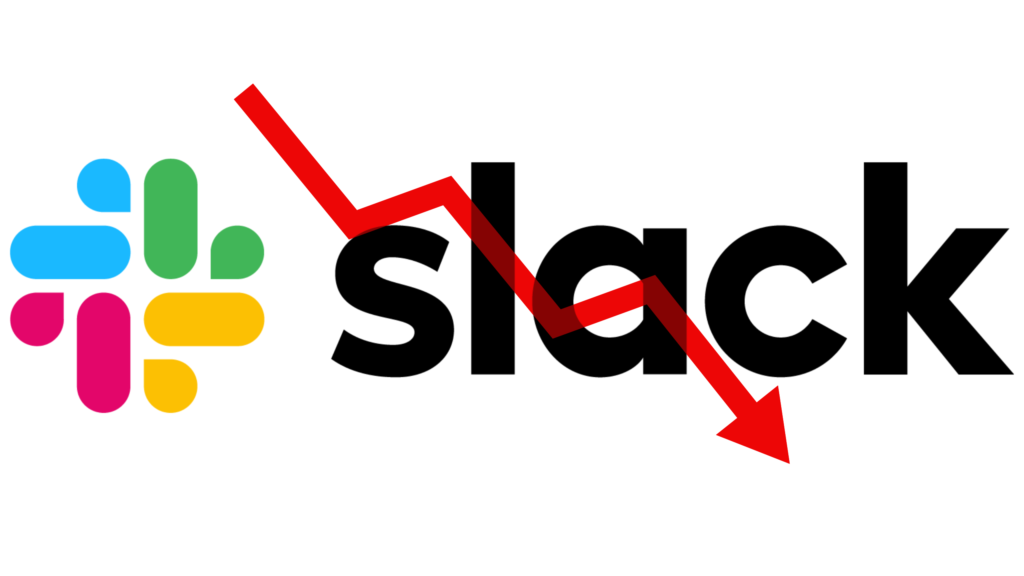
Slack Service Outage Disrupts Global Teams: What Users Need to Know
Imagine starting your workday, coffee in hand, only to find your team’s primary communication tool—Slack—completely unresponsive. For thousands of users on [insert date], this scenario became a frustrating reality. The Slack service outage left businesses scrambling, meetings postponed, and workflows halted. In this article, we’ll break down what happened, how it affected users globally, and what you can do to stay prepared if it happens again.
When Did the Slack Service Outage Begin?
Reports of the service outage began flooding social media and platforms like Downdetector around [insert time and timezone]. Users across North America, Europe, and Asia reported issues ranging from delayed messages to complete inability to access workspaces. By [time], over 60,000 outage reports had been logged, with hotspots in major cities like New York, London, and Tokyo.
For remote and hybrid teams already reliant on digital tools, the timing couldn’t have been worse. “We lost three hours of productivity during a critical project deadline,” shared one user on Twitter. “Slack isn’t just a tool—it’s our virtual office.”
How the Slack Outage Impacted Businesses
Communication Breakdown
Slack’s role as a central hub for workplace collaboration meant the outage had a domino effect. Teams couldn’t share files, join huddles, or even send basic messages. “We switched to email, but it felt like stepping back into the Stone Age,” admitted a project manager at a tech startup.
Third-Party Integrations Stalled
The Slack service outage also disrupted integrations with tools like Zoom, Google Drive, and Trello. Automated workflows ground to a halt, leaving IT departments scrambling to manually troubleshoot.
Slack’s Response to the Service Outage
By [time], Slack acknowledged the issue on its status page, stating, “We’re investigating connectivity issues affecting multiple features. Our team is working urgently to resolve this.” Updates followed hourly, but users grew impatient as downtime stretched into peak working hours.
On Twitter/X, the SlackHQ account replied to frustrated users with, “We’re deeply sorry for the disruption. Our engineers are prioritizing a fix—stay tuned for updates.”
Why Do Outages Like This Happen?
While Slack hasn’t confirmed the root cause, experts speculate the Slack service outage could stem from:
- Server Overload: increased traffic during peak hours.
- Software Update Glitches: A recent patch may have triggered instability.
- Cybersecurity Incidents: Though unlikely, outages sometimes follow DDoS attacks.
“Cloud-based platforms aren’t immune to hiccups,” explains [IT Expert Name], a cybersecurity analyst at [Company]. “Even giants like Slack face challenges with uptime as user bases grow.”
Learning from Past Slack Service Outages
This isn’t Slack’s first major disruption. In 2021, a 90-minute global outage similarly paralyzed teams. Since then, Slack has invested in redundancy measures, but the 2024 incident shows vulnerabilities remain.
The takeaway? Diversify your tools. Companies that relied on backup platforms like Microsoft Teams or Discord fared better. “We learned our lesson last time,” said one user. “Now we cross-post updates on multiple channels.”
What to Do During Service Outage
- Check Slack’s Status Page: Always verify ongoing issues at status.slack.com.
- Switch to Backup Tools: Use email, SMS, or alternative apps for urgent communication.
- Save Work Locally: Avoid losing progress by storing files offline until Slack stabilizes.
The Bigger Picture: Reliance on Digital Tools
The Slack service outage underscores a modern paradox: while digital tools boost efficiency, over-reliance creates risk. A 2023 Gartner study found that 74% of businesses experienced workflow disruptions due to software outages—a 20% increase since 2020.
“This is a wake-up call for businesses to build resilient systems,” says [Industry Expert Name], a remote work advocate. “Always have a Plan B.”
Slack’s Road to Recovery
As of [time], Slack confirmed partial restoration of services, though some features remained unstable. Users reported gradual improvements, but frustrations lingered. “It’s like waiting for a storm to pass,” tweeted one employee. “You just hope it doesn’t wipe out your day.”
Final Thoughts
The Slack service outage is a reminder that even the most reliable platforms can falter. For businesses, the lesson is clear: diversify communication strategies and prepare for the unexpected. As Slack works to restore full functionality, users are urged to stay updated via official channels and keep backups handy.
In a world where digital collaboration is king, resilience isn’t optional—it’s essential.
For More information, please read this Article


